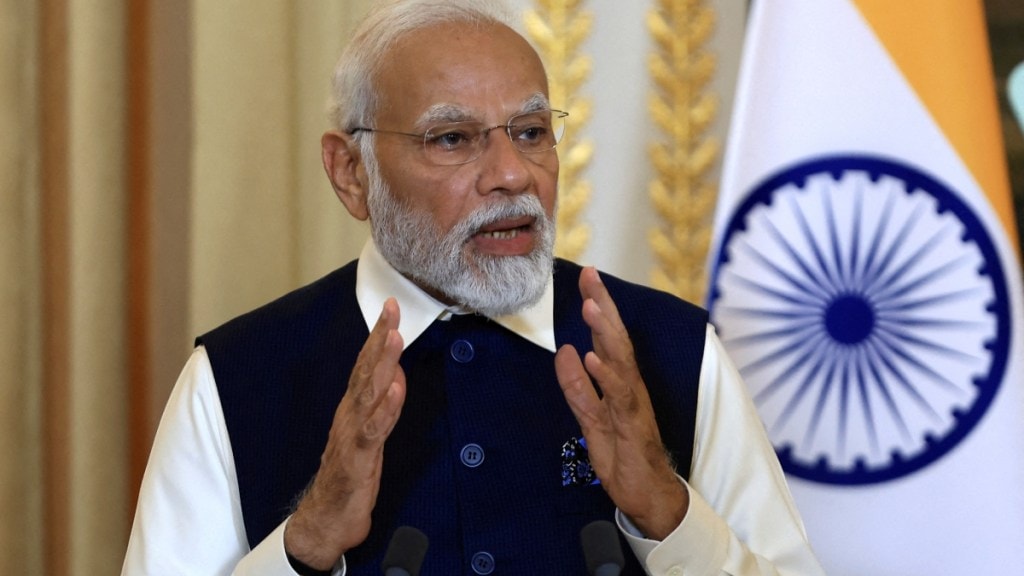The Bharatiya Janata Party’s spectacular victory in the three ‘Hindi heartland’ states has made the job of political pundits quite easy—in fact, some would say, quite boring. Even a political novice can now predict the outcome of the 2024 Lok Sabha election results. Barring some unforeseen circumstances, the only thing left to analyse could be the margin of victory that the BJP, or more appropriately, Prime Minister Narendra Modi, would secure. Much has been said about how Assembly election results have no bearing on the general elections as the issues are more localised. But the latest round of elections, with a possible exception of that in Telangana, was different, for two reasons: the fact that they were held so close to Lok Sabha polls makes their results bound to have a psychological impact on general elections. Second, the BJP very cleverly made the state elections look like a referendum on PM Modi.
With its respective state units lacking charismatic and widely accepted leaders (even in Madhya Pradesh, Shivraj Singh Chauhan was not projected as the chief ministerial candidate), the BJP went with Modi as the face of the party. That was enough to push the BJP candidates ahead of the rival Congress in a majority of the constituencies. The results thus show that the acceptance of Modi and the electorate’s trust in him, cutting across caste lines, is still intact. The party’s attempts to present a combination of Hindutva, development and welfare politics to counter the Congress’s welfare push through a larger message did the rest.
Despite its creditable win in Telangana, the Congress has many reasons to feel disappointed. A victory for the Grand Old Party in at least two of the northern Indian states could have spelt the return of Rahul Gandhi as the “real” leader among the Opposition leaders. Undoubtedly, it would have doubled up the bargaining power of the Congress in seat-sharing talks with other allies for the Lok Sabha polls. But it would not be a surprise now if the other parties in the so-called INDIA bloc start treating Congress as more of a liability. Ahead of the expected INDIA meeting on Wednesday, the Aam Aadmi Party has already rubbed it in by saying it is now the “largest opposition party in north India”. While the AAP is now in power in Delhi and Punjab, the presence of the Congress will now be limited to Himachal Pradesh only. The INDIA block anyway has failed to provide any alternative vision, except for abusing Modi or more freebies to win over voters.
Now that it is more secure, one hopes the BJP will be more responsible on freebies and put more focus on infrastructure which leads to job creation, having a multiplier effect on the economy. As the economy turned out to be a pain point for the central government, with unemployment (a two-year high of about 10% in October) and inflation (4.9% in October) topping the charts of issues across states, the BJP too responded with its own version of freebies ahead of the latest state elections. Examples: the Ladli Behna Yojana launched by the Madhya Pradesh government and the Centre’s recent decision to increase the subsidy to Rs 300 per cylinder under the Ujjwala Yojana. The Madhya Pradesh government, whose finances are certainly not in good shape, has allocated around Rs 13,000 crore towards the scheme for the current financial year. The move makes political sense—after all, women constitute almost half of the total voters in the state—but does it make economic sense? As the BJP juggernaut rolls on nationally, that’s the question that needs an answer.
